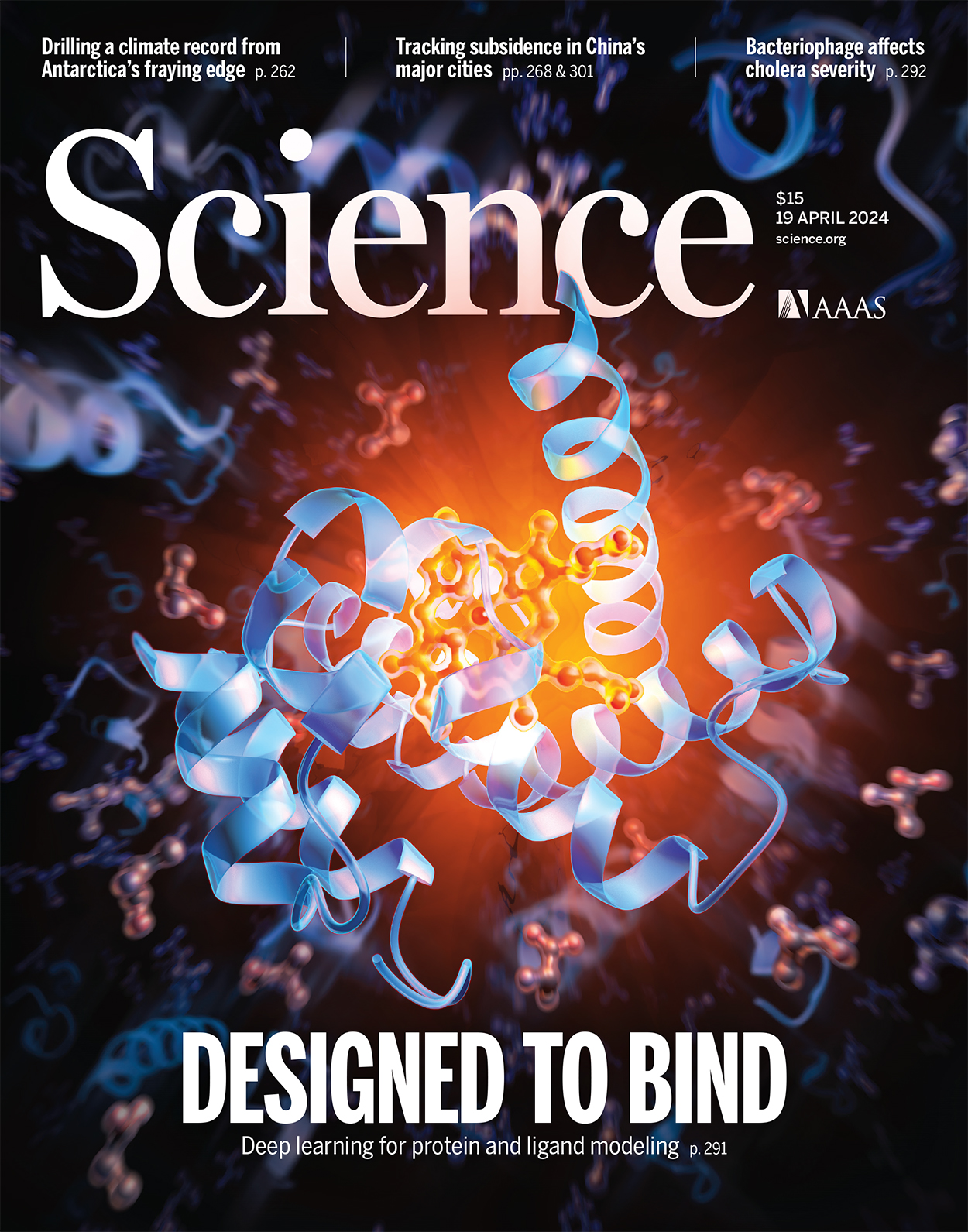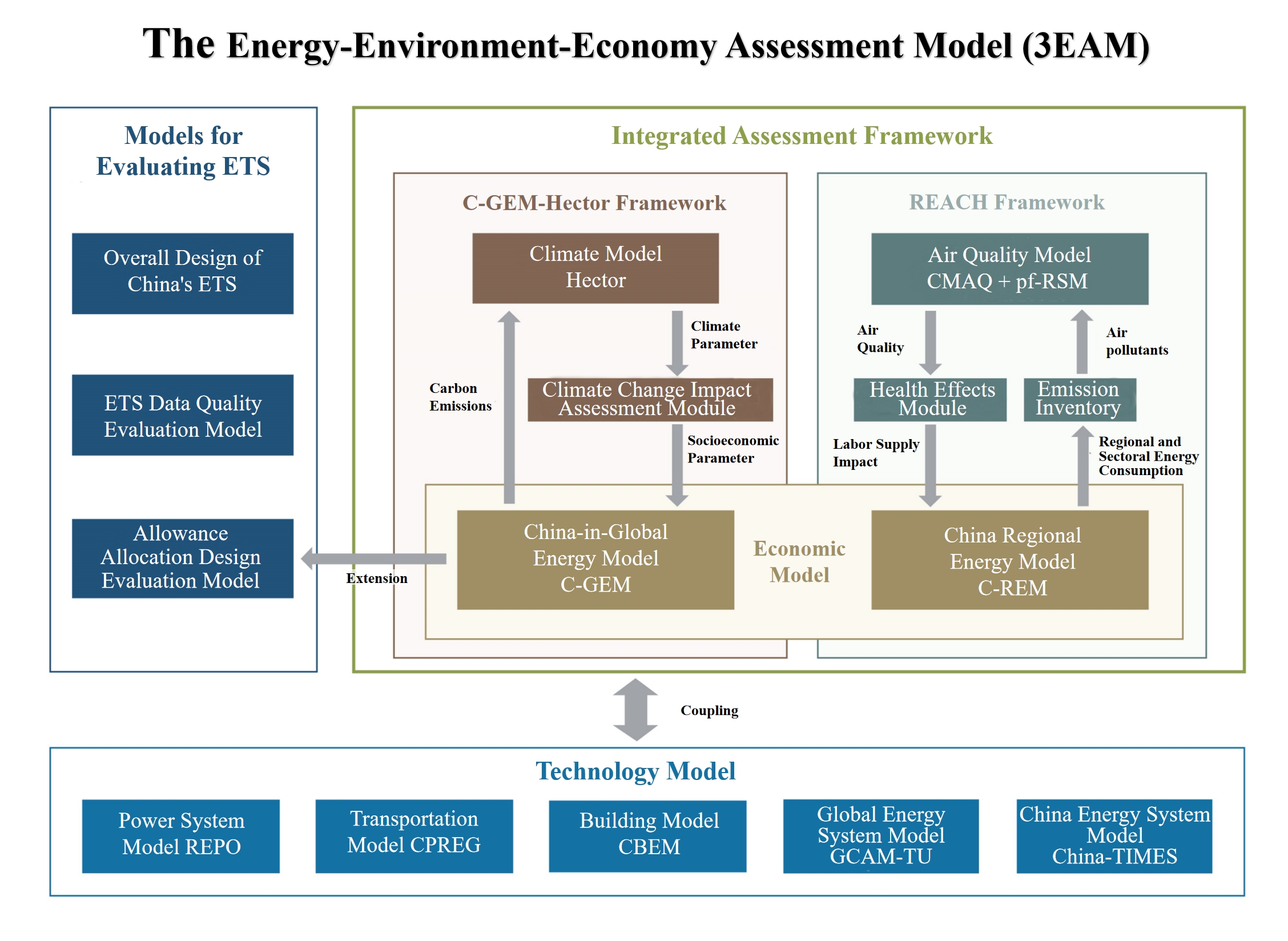作为清华大学校庆日的一项重要活动,清华大学与全球顶尖学术期刊Science合作,每年推介清华大学的一个研究团队及其成果,今年能源环境经济研究所(3E研究所)荣获推介。(以下为相关文章全文)

Providing Comprehensive Solutions for China’s Climate Change Mitigation and Green Development
The Institute of Energy, Environment and Economy (the 3E Institute) at Tsinghua University, founded in 1980, is one of the pioneers that initiated the research and education on energy system analysis and climate change mitigation in China. Since its establishment, the 3E Institute has been dedicated to providing comprehensive solutions for China’s climate change mitigation and green development. The 3E Institute is also the primary founding institution of the Climate Governance and Carbon Finance Research Center of the Institute for Carbon Neutrality at Tsinghua University. With the leadership of Professor HE Jiankun and Professor ZHANG Xiliang, the 3E Institute has created a unique analytical framework that integrates China’s economic growth with energy system transition, climate change mitigation, and air quality control after more than 20 years of continued research. Based on the framework, an integrated Energy-Environment-Economy Assessment Model (3EAM) was developed. The core models of the 3EAM include China in the Global Energy Model (C-GEM),the China Regional Energy Model (C-REM), and the Renewable Electricity Planning and Operation Model (REPO). The C-GEM is a global energy economic model with a detailed representation of 17 regions and 22 sectors, while the C-REM is an energy economic model with a detailed representation of 30 provinces and 20 sectors in China. The REPO is a capacity expansion and operation optimization model for China’s power system decarbonization with a detailed description of 57 electricity generation technologies in 31 provinces. Furthermore, the C-GEM can couple with a climate model (Hector) to understand the interactions of energy and economic transition and climate change, while the C-REM can couple with an atmospheric chemistry model to capture the impacts of low carbon energy economy transformation on regional air quality.
The 3EAM is a powerful tool with which the nature of China’s low carbon energy economy transformation and its uncertainties can be interpreted. So far, more than 200 journal articles have been published with the 3EAM, covering the different aspects and perspectives of China’s green and low-carbon energy economy transformation. Analyses based on the 3EAM have been reported or cited by Science, Nature, PNAS, and other leading international journals. In addition to its academic contributions, the 3EAM has widely been applied to evaluate the technological and policy options for China’s climate change mitigation by Chinese government agencies, such as Ministry of Ecology and Environment, National Development and Reform Commission, Ministry of Science and Technology,National Energy Administration, and Ministry of Industry and Information Technology. The 3EAM has served as one of the main models that provide policy recommendations for the Chinese government in formulating China’s climate mitigation pledges, such as the first national carbon intensity reduction target submitted to the UN Climate Change Conference at Copenhagen in 2009, China’s first Nationally Determined Contributions in 2015, and China’s 2060 carbon neutrality target announced in 2020. Since 2010, reducing carbon intensity has been included as a legally binding target in China’s Five-Year Plans. The 3EAM has been the primary model for providing technical support for the government in formulating the target and disaggregating the national target into provinces.

The 3E Institute has also made important contributions to China’s energy and climate policy development. At the request of the Environment and Resources Protection Committee of the National People’s Congress, the 3E Institute led a research project on drafting the Expert Version of China’s first Renewable Energy Law in 2003. The Law was passed by the Congress in 2004. Several important policy measures, such as renewable energy planning, feed-in tariffs, and renewable energy promotion fiscal funds, were proposed by this research project led by Professor HE Jiankun and Professor ZHANG Xiliang andadopted by the Law. The Law laid a solid legal foundation for renewable energy development in China. China has become the largest nation in terms of renewable energy manufacturing capacity, investment, and export, which is largely attributed to the implementation of the Law in 2005. The emissions trading system (ETS) is another important policy instrument to mitigate CO2 emissions supported by the 3E Institute. China started a national ETS pilot program in 2011. Beijing and six other cities and provinces were selected to construct ETS. The 3E Institute provided technical support for the development of Beijing ETS, with Professor ZHANG Xiliang serving as the head of the ETS design expert group from 2012 to 2015. The Chinese government started the preparations for the national ETS construction in 2015. Since then, the 3E Institute has assisted the government in constructing the national ETS, with Professor ZHANG Xiliang leading the design team. The national ETS was launched from the electricity generation sector in 2021, regulating more than five billion tons of CO2 emissions, or 12% of the world’s total CO2 emissions.